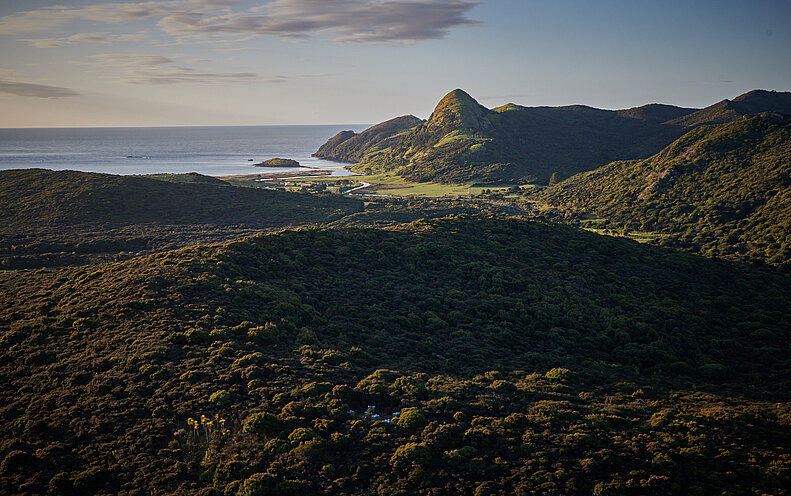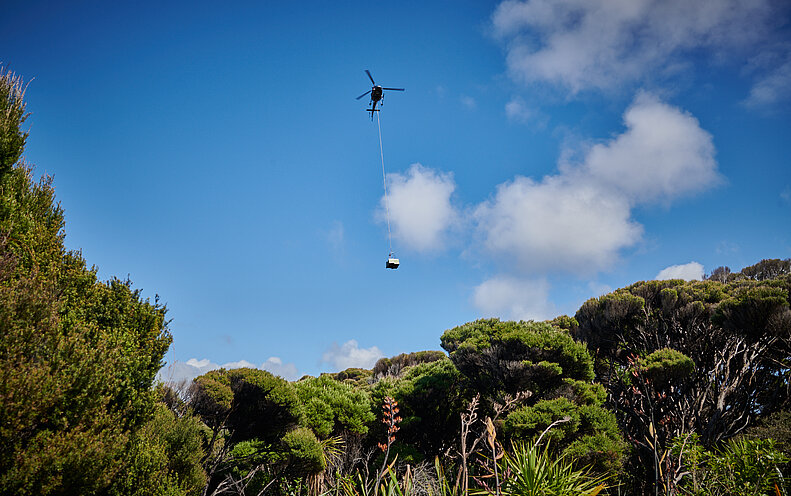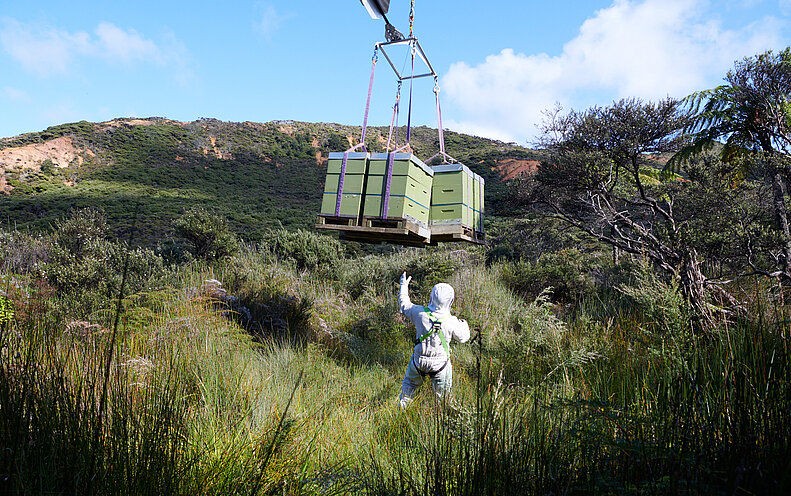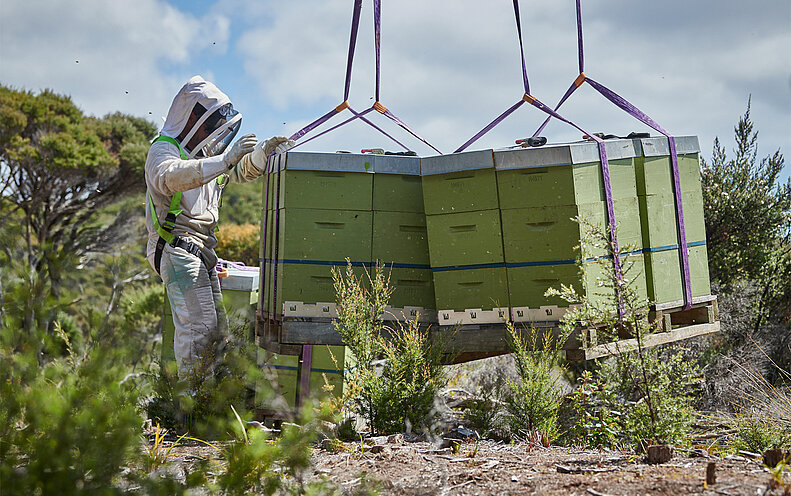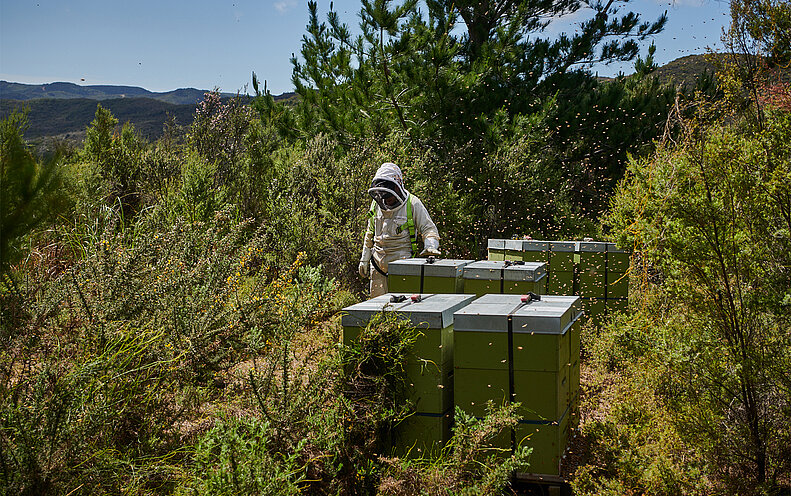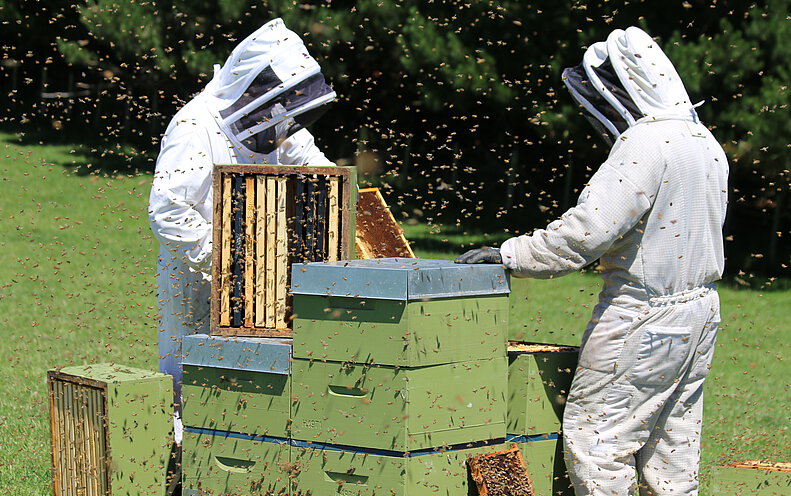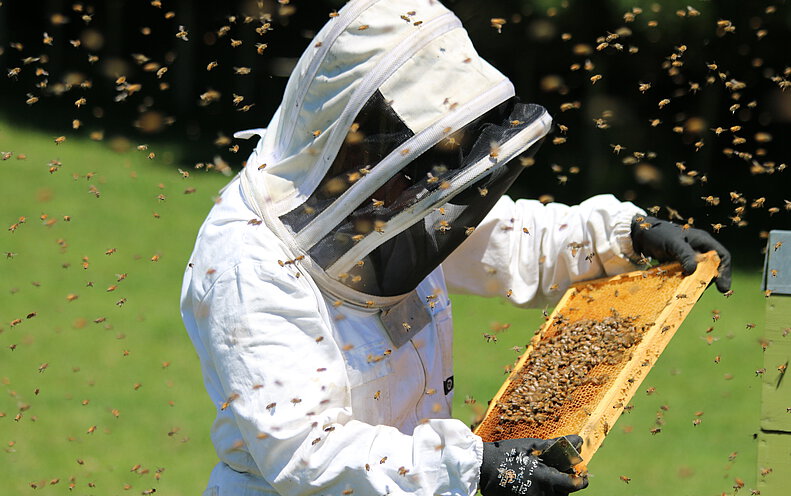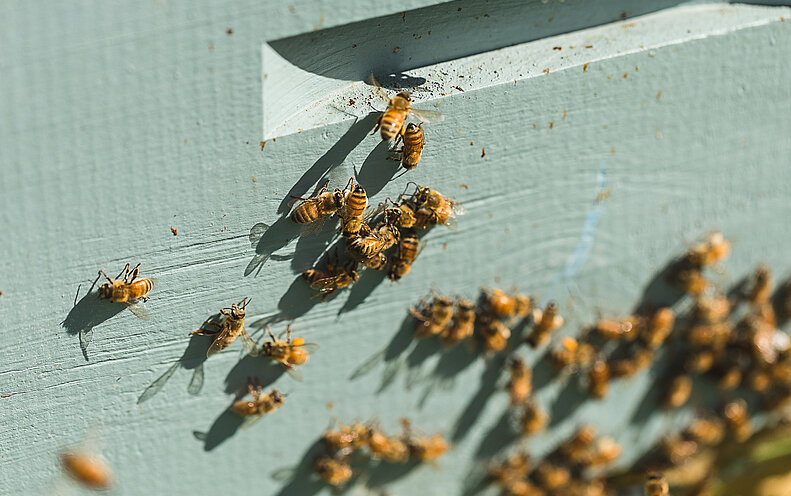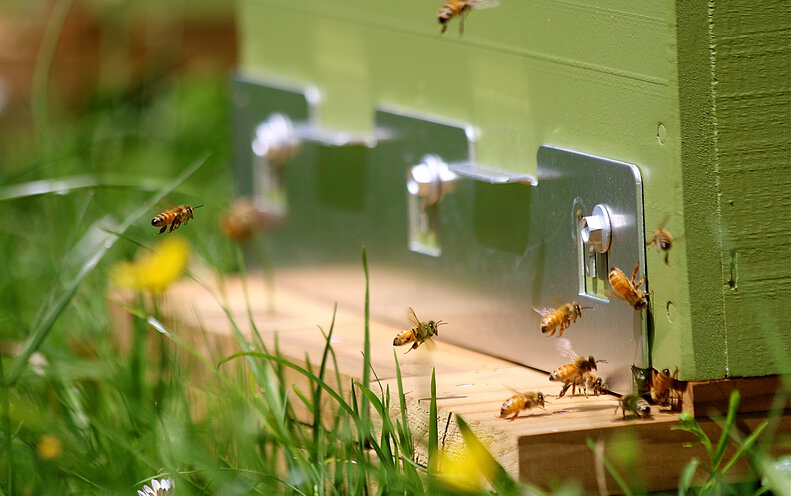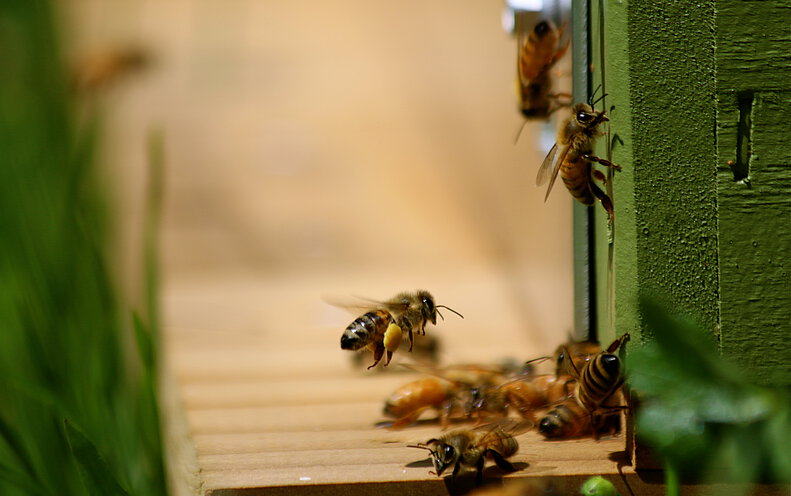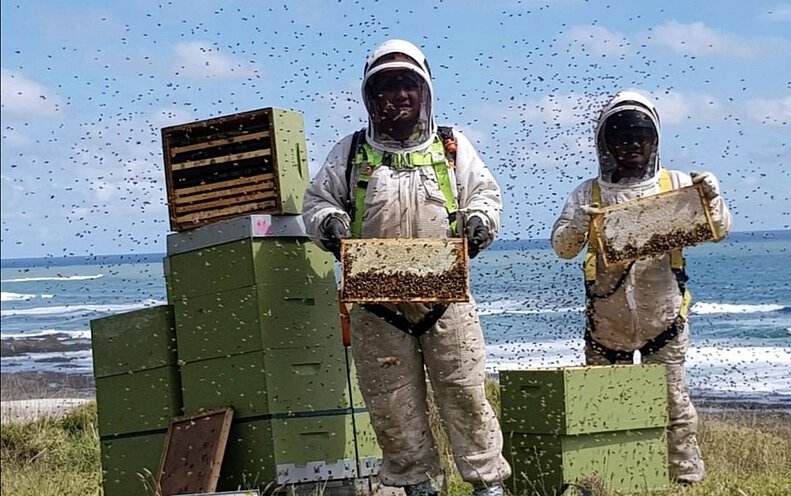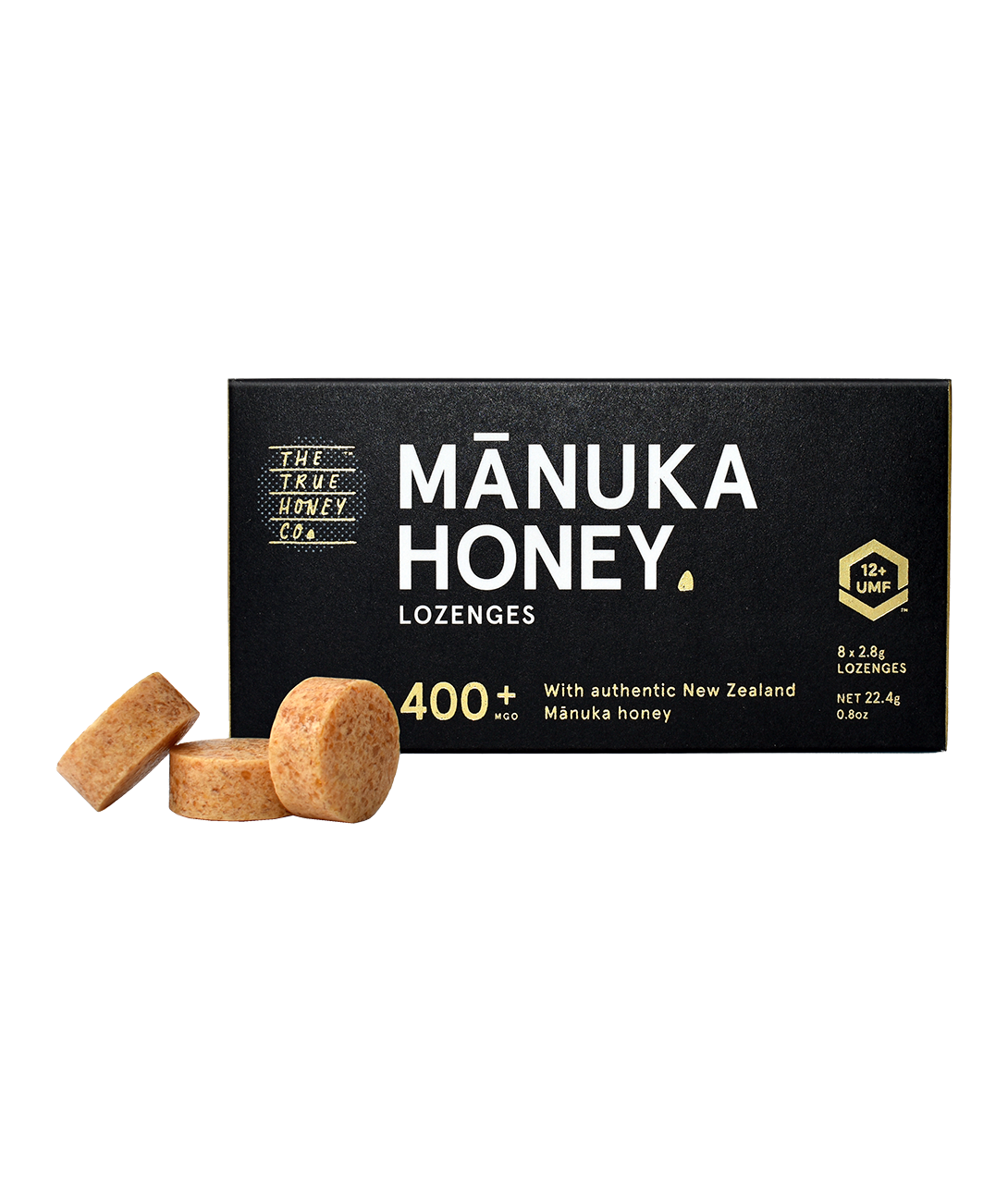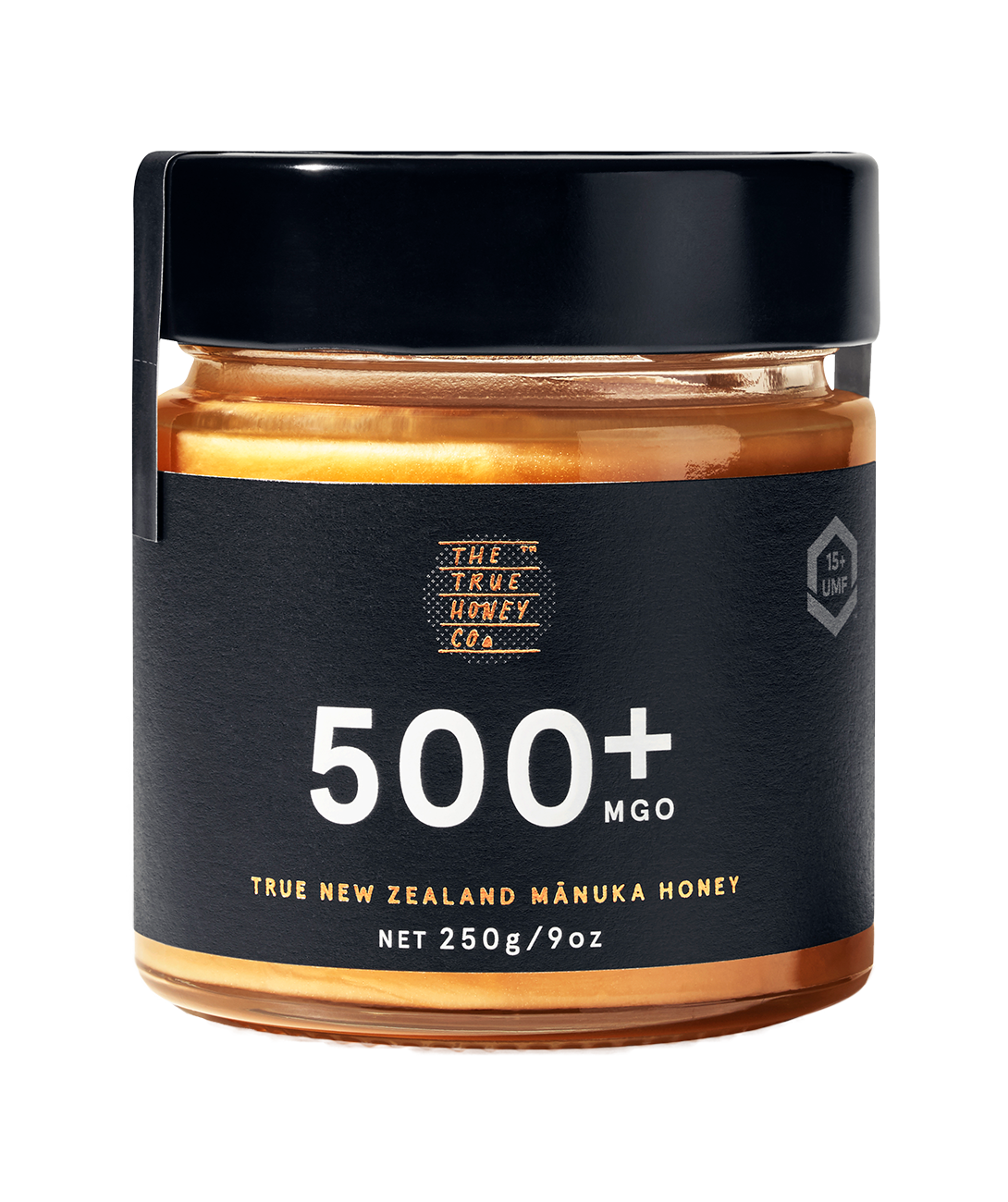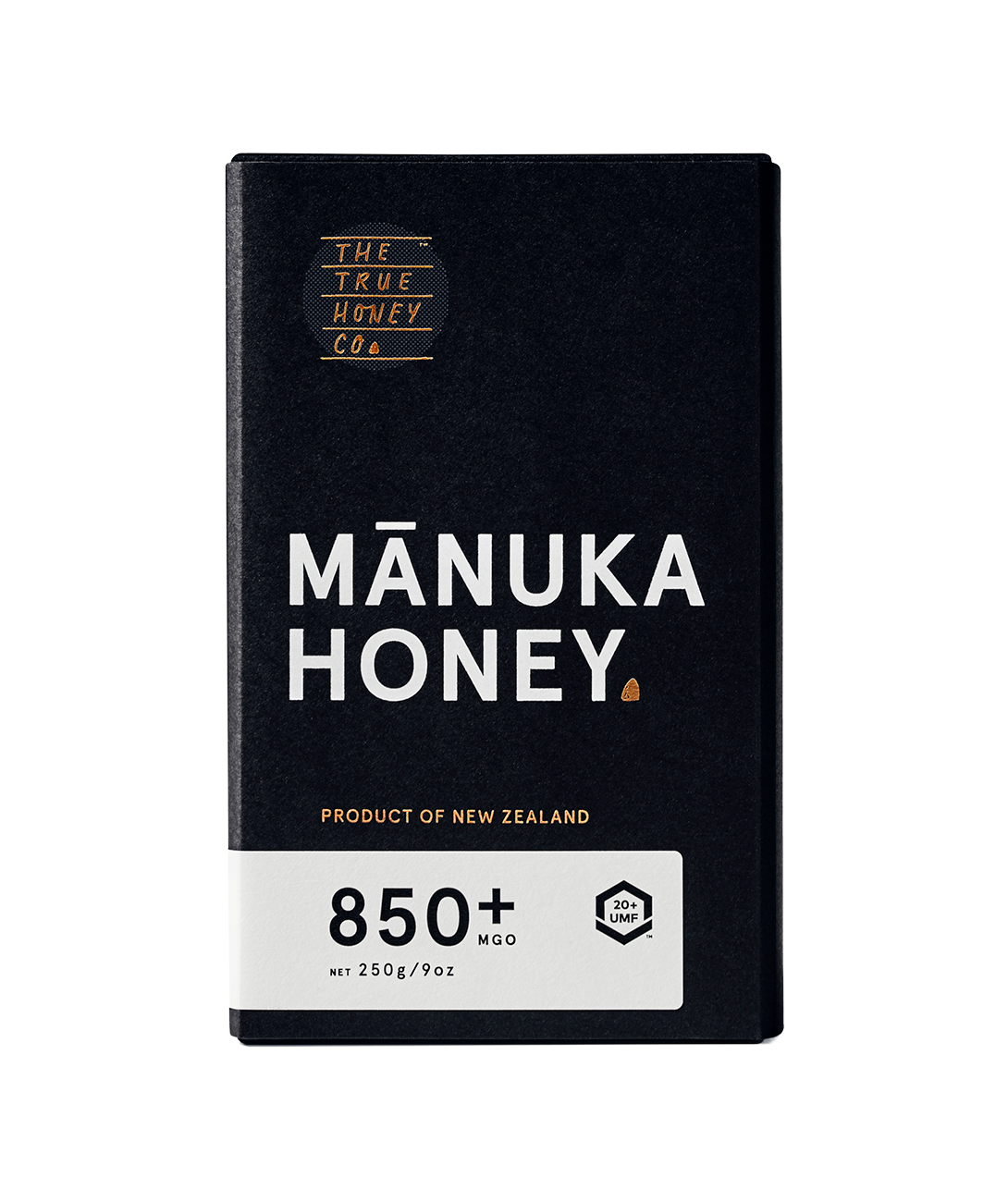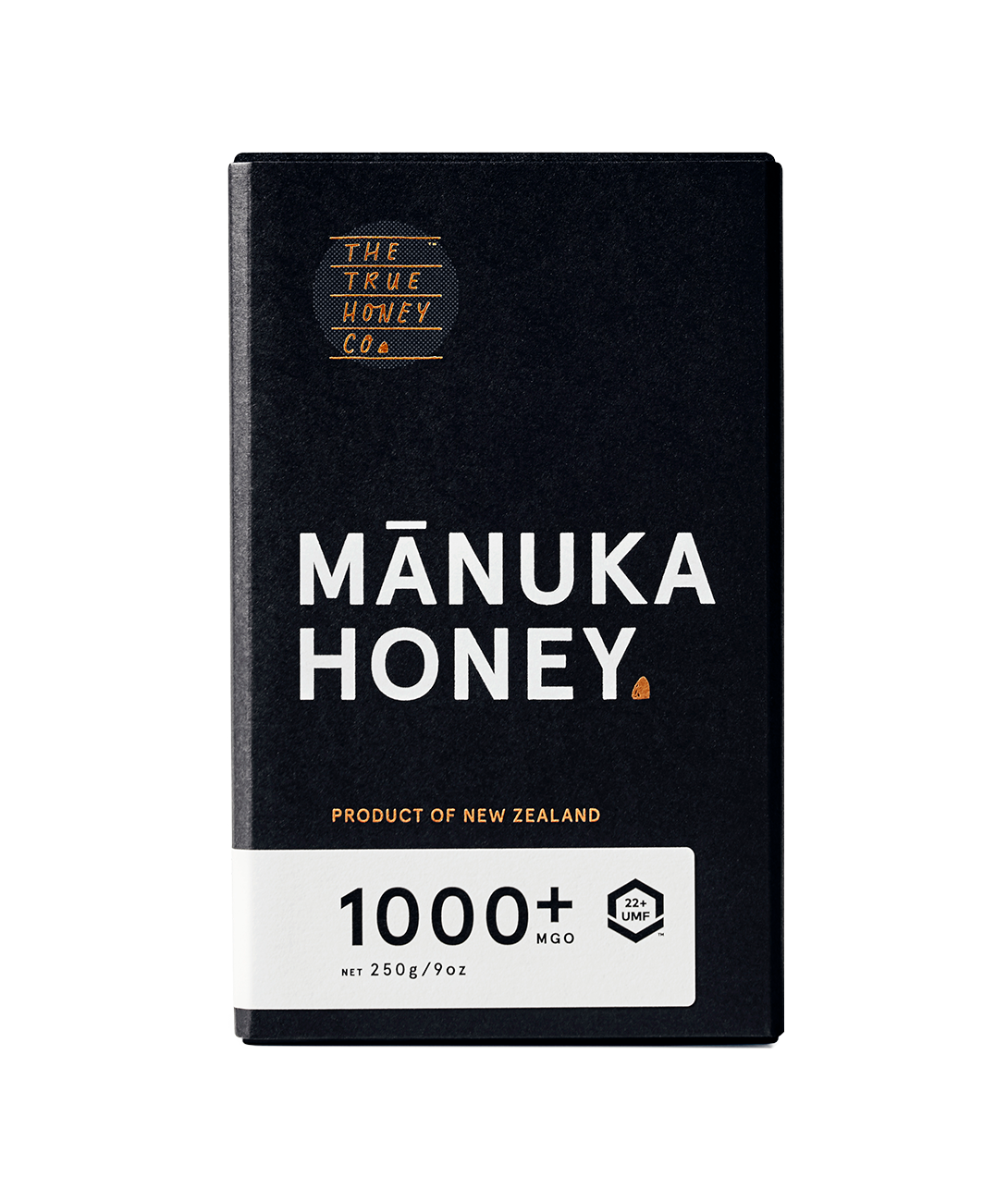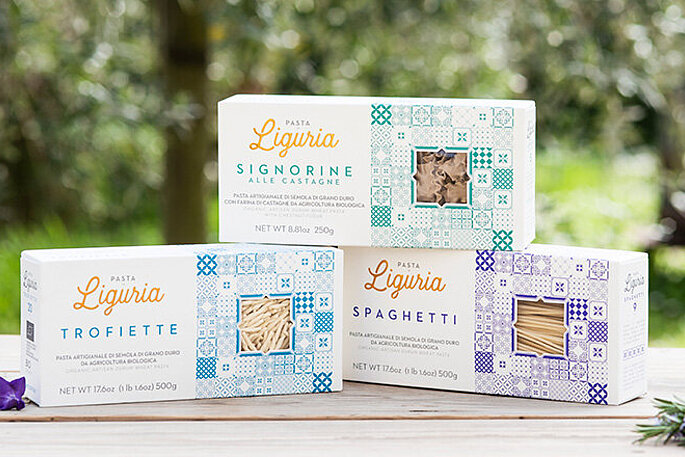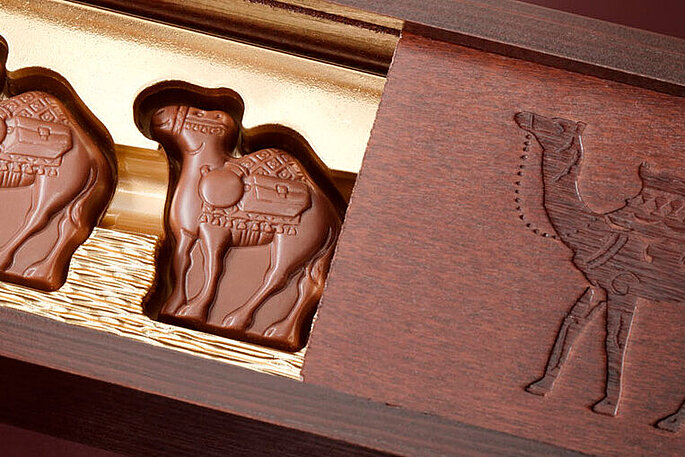Manuka Honey
The real Manuka honey comes exclusively from New Zealand and is obtained from the flower nectar of the Manuka bush.
Only here is the Manuka plant or South Sea myrtle native. They grow and thrive for only a short period each year, from early December in the north to mid-January in the south.
Pure, natural New Zealand Manuka Honey is a complex superfood that brings a whole host of powerful nutritional and medicinal benefits. It has about four times the mineral content of other honeys and is rich in vitamins and powerful antioxidants. Dr. Peter Molan - a professor at the University of Waikako - extensively researched the unique properties of Manuka honey in 1981.
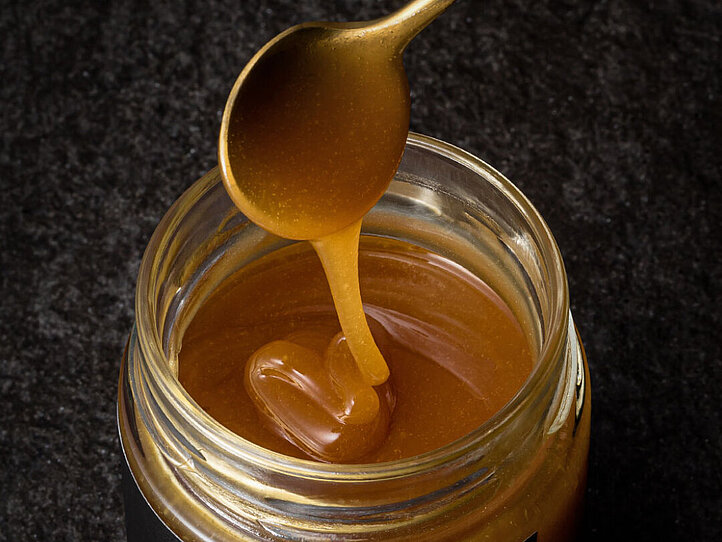
What the certifications MGO and UMF mean:
MGO stands for Methylglyoxal and forms the naturally occurring compound that makes Manuka Honey so special and is responsible for its antibacterial properties. MGO is a trademarked system for determining the content of methylglyoxal and is determined along with other ingredients in independent laboratories accredited by the New Zealand government and shown in a certificate.
UMF, short for Unique Manuka Factor, has long been the predominant labeling and classification system for Manuka Honey as defined by Dr. Peter Molan himself. In addition to indicating the potency, the UMF label also acts as a seal of quality - the only relevant seal that still exists for Manuka Honey today.
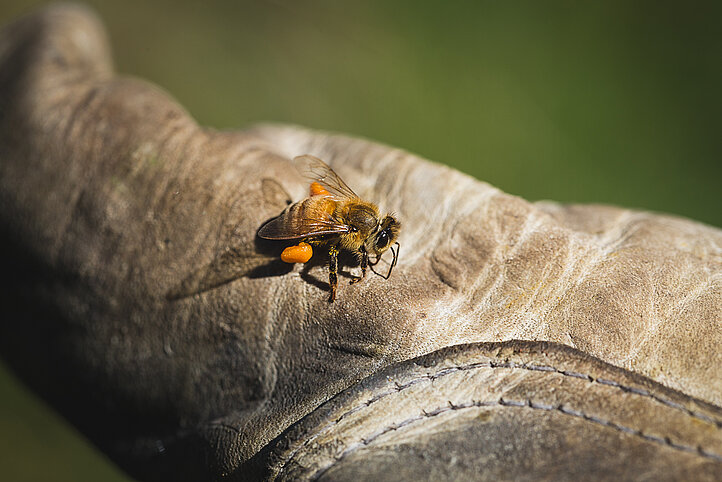
How is a high MGO achieved?
In some exclusively selected regions of New Zealand, excellent climatic conditions prevail. On the one hand, the flowering time of the Manuka bush is extended and on the other hand, a wonderful abundance of flowers of the Manuka bush growing wild there is guaranteed. The hives are transported by helicopter to these remote, higher regions. - Last but not least, the health and age structure of the hive plays a major role in the production of a Manuka honey with a high MGO content.
